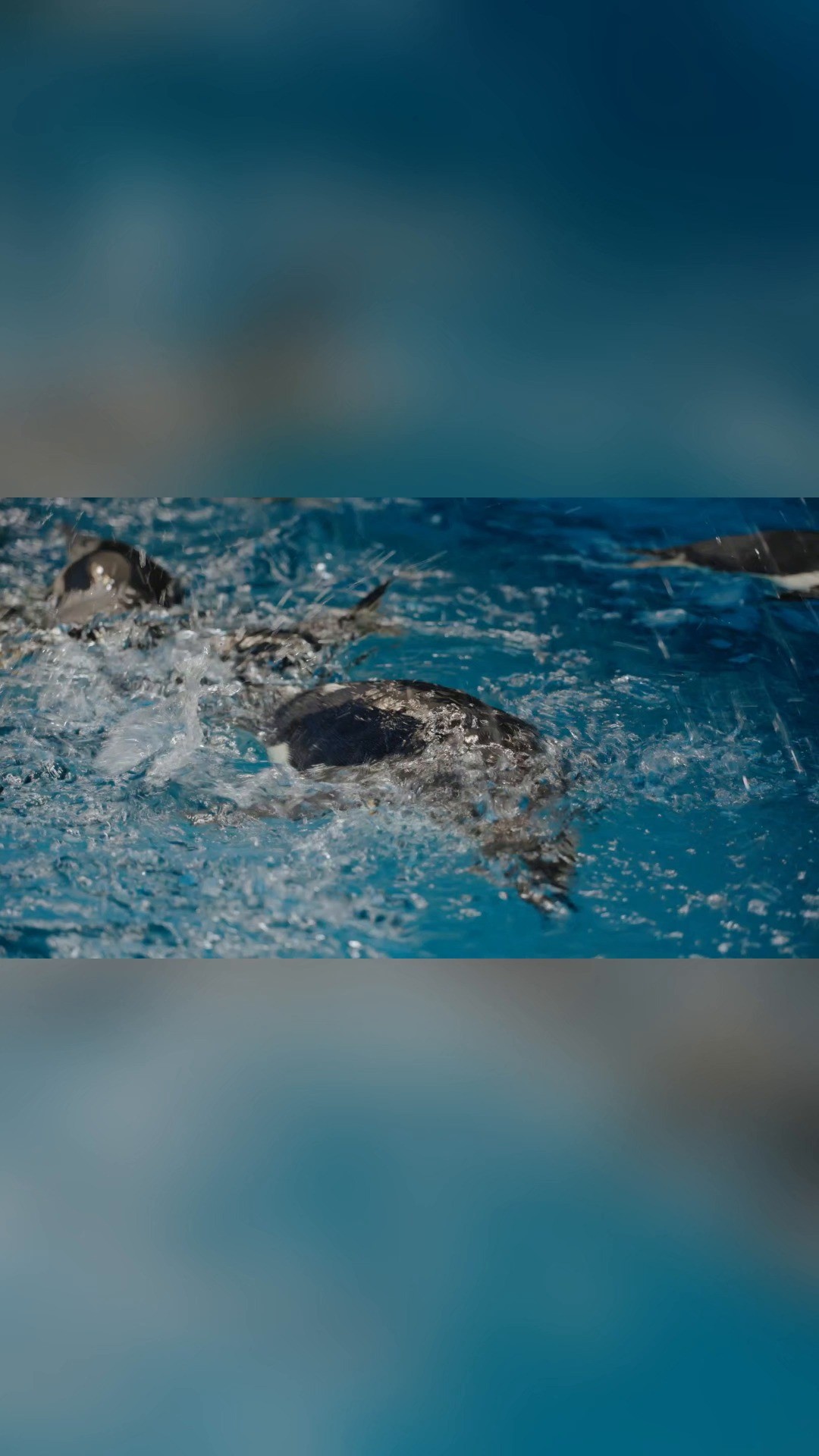- Penguins: Remarkable Adaptations and Survival Techniques in Extreme Environments
- How Penguins Evolved to Thrive in Aquatic Habitats
- Penguin Conservation Efforts: Protecting Vulnerable Species
- Educational Experiences: Interactive Learning and Penguin Encounters
- The Importance of Species-Specific Habitats in Zoos
Penguins are fascinating birds that have adapted to thrive in some of the planet’s harshest environments. Their ability to live in the icy regions of the Southern Hemisphere is a result of remarkable evolutionary adaptations. One of the most significant adaptations is their waterproof plumage. Penguins have densely packed feathers that are coated with oil from a gland near the base of their tail. This oily coating helps keep their feathers waterproof, enabling them to swim in freezing waters without losing body heat. Additionally, their compact layer of down provides exceptional insulation. This physical trait is critical for their survival amidst cold temperatures and harsh winds, allowing them to be efficient both in water and on land.
Penguins’ survival strategies extend beyond their physical characteristics. Their dietary habits play a key role in their adaptation. Primarily feeding on fish, squid, and krill, penguins have evolved streamlined bodies and powerful flippers, making them excellent swimmers and hunters. Their design minimizes energy expenditure while maximizing speed and agility underwater. This efficiency in aquatic hunting is vital for their survival, as the ocean serves as their main food source.
The evolutionary success of penguins in aquatic habitats is also prominent in their unique reproductive strategies. Penguins often form large colonies to enhance breeding success and survival rates. These colonies provide warmth, protection from predators, and assistance in nurturing chicks. The communal nature of penguins is essential during harsh breeding conditions, showcasing their social adaptability. Their parenting approach, where both male and female share responsibilities, also increases the likelihood of offspring reaching maturity.
As we delve into the survival story of penguins, it’s essential to highlight current conservation efforts aimed at preserving these incredible birds. Many penguin species face threats from climate change, overfishing, and habitat destruction. Changing sea temperatures and ice conditions affect their food supply, while human activities continue to encroach on their natural habitats. Conservation programs are crucial to mitigate these threats. Protecting feeding grounds and nesting sites, regulating fishing activities, and developing marine protected areas are some ways conservationists work to safeguard penguin populations.
Zoos and aquariums around the world play a significant role in conservation through education and breeding programs. By housing penguin species in controlled environments, these institutions provide insight into their behavior, ecology, and challenges faced in the wild. This hands-on learning experience not only raises awareness about penguin conservation but also facilitates research that can inform conservation strategies in the wild.
Interactive educational experiences, such as penguin encounters, enhance public engagement, offering a close-up view of these captivating birds. Programs like these create a connection between visitors and wildlife, fostering an appreciation for biodiversity. By engaging the public, zoos help promote conservation awareness and responsibility towards protecting vulnerable species like penguins.
The design of penguin habitats within zoos is crucial for the well-being of these birds. It is essential to replicate their natural habitat as closely as possible, balancing temperature, humidity, and water quality to establish a healthy environment. Understanding the specific needs of each penguin species ensures that they maintain natural behaviors and thrive in captivity. Proper habitat management can improve their quality of life, reproductive success, and foster an understanding of the complexities surrounding their conservation.
By focusing on penguins and celebrating their extraordinary adaptations, we gain valuable insights into the resilience and biodiversity of life on Earth. Continued research and active conservation efforts are imperative to ensure the survival of penguin species for future generations. Penguins remind us of nature’s intricacies and inspire a commitment to conserve our planet’s wonders.
*****
Source Description
We’re celebrating with a spotlight on penguins and one of the amazing adaptations that makes them so unique!
Be sure to visit to learn more and experience these amazing animals up close in our Penguin Encounter! 🐧


